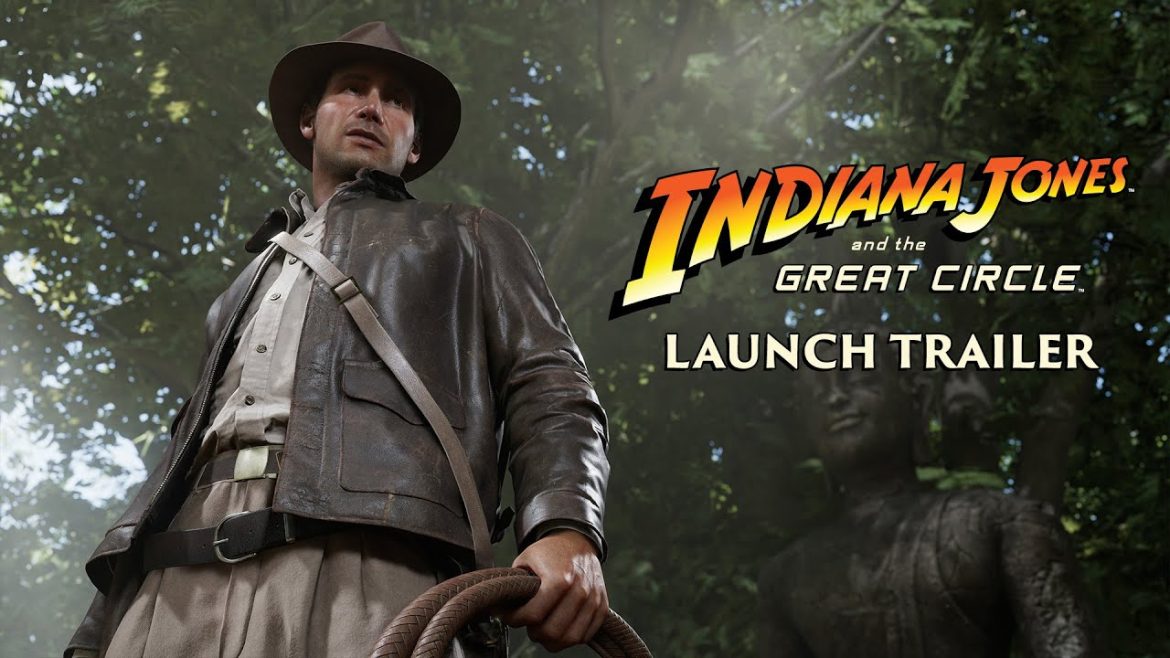TL;DR
Indiana Jones and the Great Circle reignites the magic fans have been missing! After disappointing film entries, this new game from Machinegames delivers a thrilling adventure with stunning visuals and an engaging narrative that captures the spirit of classic Indy. While stealth sections can be a bit frustrating and Indy starts with low stamina, the intuitive gameplay, stellar voice acting (Troy Baker is a standout!), and authentic 1930s atmosphere make it a triumph. It’s a strong contender for the best Indy game ever and a must-play for any fan. Dive into this epic quest and see for yourself!
Indiana Jones undoubtedly ranks among my favorite heroes. The Indiana Jones box, encompassing all four films, garnered high praise in my review, despite my reservations about the fourth installment. While the fifth film, Indiana Jones and the Dial of Destiny, had moments of promise, it ultimately stands as the weakest entry. As a dedicated fan, I found fleeting glimpses of merit, but the overall quality of the fifth film arguably elevates the fourth by comparison.
My introduction to the Indiana Jones gaming universe occurred 33 years ago with Indiana Jones and the Last Crusade, an adaptation of the film. The following year saw the release of the superior point-and-click adventure, Indiana Jones and the Fate of Atlantis, an original story independent of the film franchise. Released in 1992, a full 14 years before the fourth film, Fate of Atlantis, in my view, still boasts a narrative superior to that film. Eleven years later, Indiana Jones and the Emperor’s Tomb arrived. While the storyline may not have matched the brilliance of Atlantis, I found it to be a highly impressive game. These three titles, excluding the Lego iterations, represent my primary experiences within the diverse landscape of Indiana Jones games.
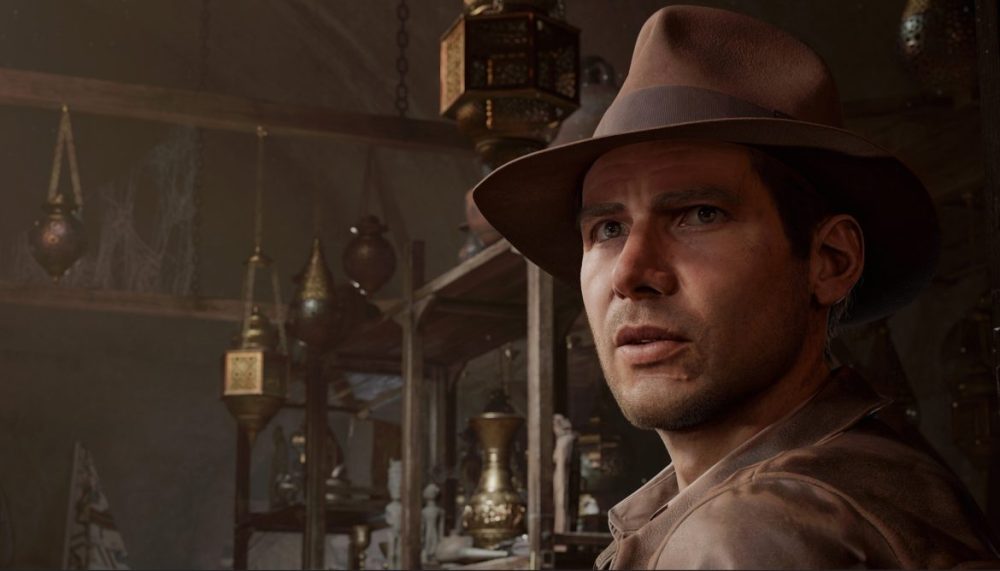
Machinegames, the Swedish studio renowned for their work on the Wolfenstein games and their collaboration on Doom, is the driving force behind Indiana Jones and the Great Circle. Prior to the initial trailer release, I was unaware of its development. I had the opportunity to delve into this new adventure of the leather-clad archaeologist on December 9th.
Indiana Jones (Troy Baker) returns to Marshall College in 1937, following a separation from Marion Ravenwood. One night, a man named Locus (portrayed by Tony Tord in his final performance) infiltrates the college, absconds with a cat mummy, and incapacitates Jones. Jones discovers that Locus’s medallion bears a symbol mirroring one found within the Vatican’s secret archives, prompting him to infiltrate Vatican City. At this time, the Holy See is under the control of Benito Mussolini and his blackshirts, collaborating with Nazi archaeologist and occultist Emmerich Voss (Marios Gavrilis). Jones encounters reporter Ginetta “Gina” Lombardi (Alessandra Mastronardi), who is investigating Voss in connection with her sister Laura’s disappearance. They join forces, each pursuing their respective objectives. They uncover the existence of the “Nephilim Order,” a tribe of giants who have secretly served the Catholic Church, safeguarding the secret of the “Great Circle.” Jones elucidates that the Great Circle represents a series of sacred religious sites around the globe that form a perfect circle, expressing concern that Voss has discovered some concealed truth regarding its power. Together, they embark on a unique and perilous adventure.
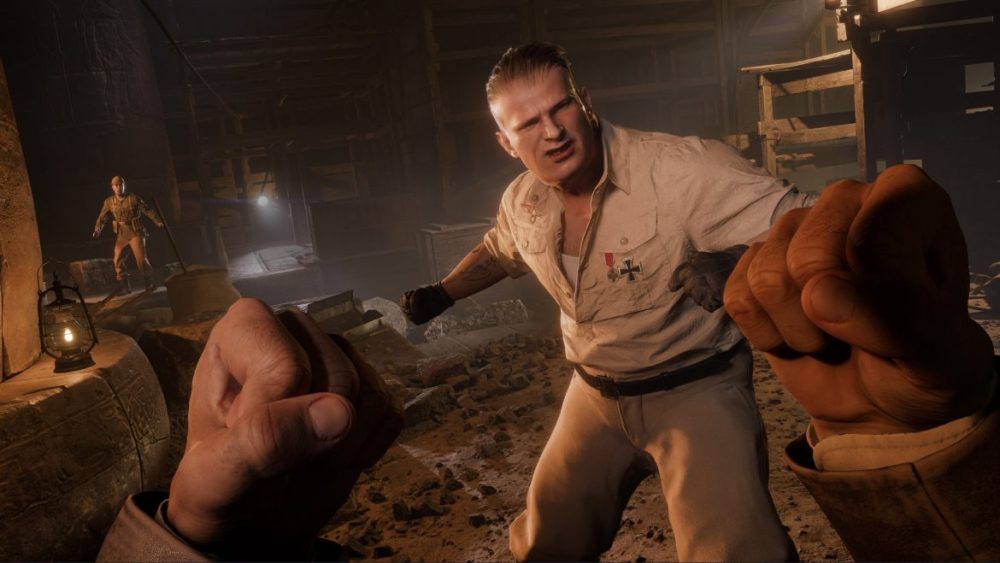
Indiana Jones is back, and with renewed vigor! After two films that fell short and a final entry that bordered on disastrous, it’s refreshing to experience an Indiana Jones adventure free from contrived setups.
The game opens strongly, allowing players to experience the initial adventure from the first film. This serves as a tutorial, elucidating the game’s mechanics. The transition into the main game is also cleverly executed. The game mechanics are intuitive. The control scheme is straightforward, offering seamless transitions between weapons, disguises, inventory, and the iconic whip. The gameplay primarily utilizes a first-person perspective, seamlessly transitioning to a third-person view when climbing or performing actions requiring a broader field of vision.
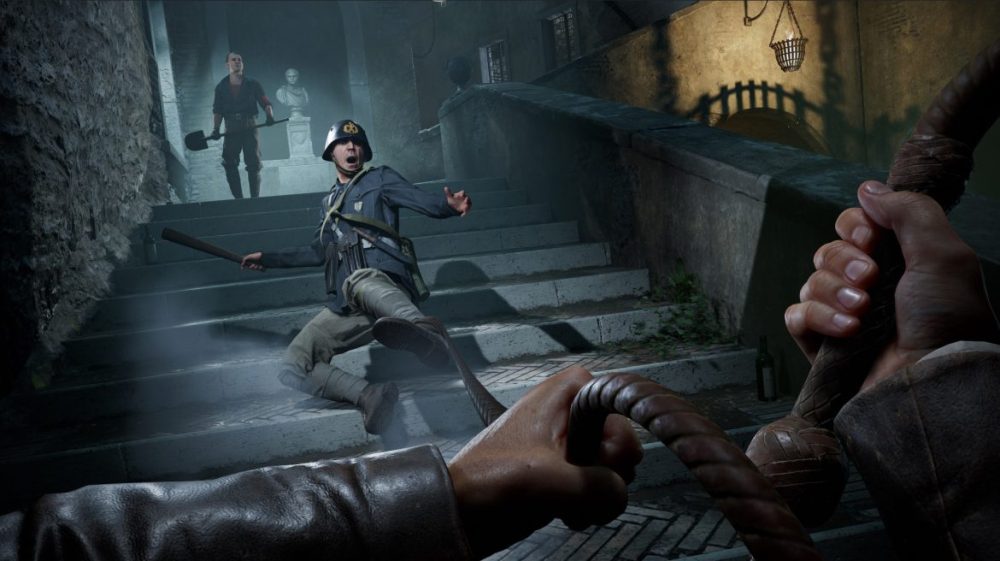
The graphics are exceptionally detailed, with the developers meticulously capturing the nuances of Indiana Jones’s face. The environments are equally impressive, showcasing a high level of detail and historical accuracy befitting the 1937 setting. The animations maintain the same high standard. The subtle details of Harrison Ford’s portrayal of the character have been faithfully recreated, highlighting the developers’ passion for the source material. From a technical standpoint, the game is polished and performs well. I tested the game on Xbox Series X, prioritizing framerate stability, though adjustments can be made to prioritize visual fidelity.
The narrative is engaging, filled with twists reminiscent of the best Indiana Jones stories, and the conflict against the Nazis is a welcome return to form. The voice acting is universally strong, with particular praise due to Troy Baker (Joel in The Last of Us), who convincingly channels Harrison Ford’s portrayal of Indiana Jones. Baker’s performance arguably surpasses Ford’s in Dial of Destiny! While the decision to not cast Ford may have been influenced by budgetary concerns, it was ultimately a beneficial choice. Given the aging of his voice, it might have felt out of place. Instead, the game creates an illusion of a fourth film we never had.
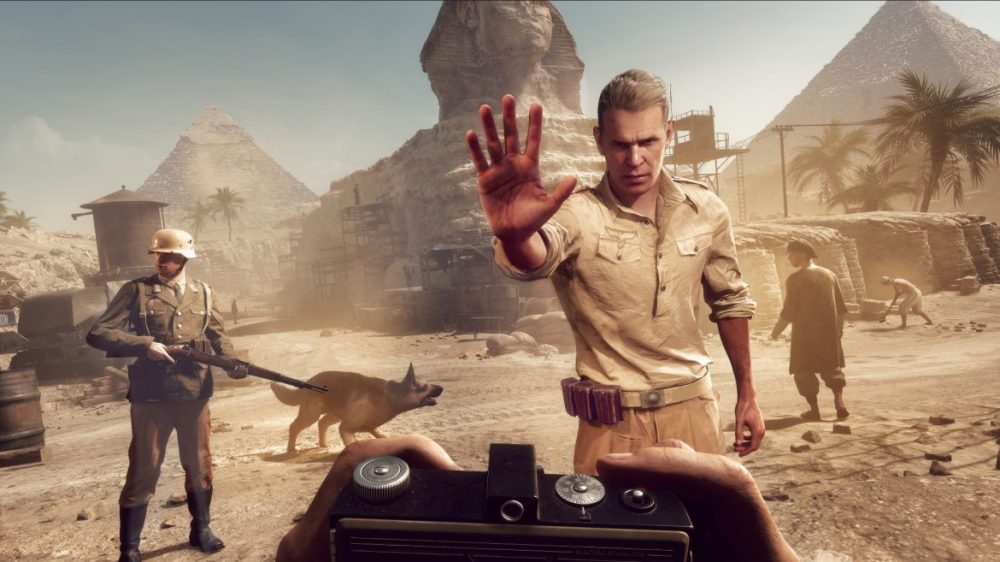
While I have lauded Indiana Jones and the Great Circle, it is not without its flaws. The stealth sections, requiring infiltration of various areas, are a notable weakness. These segments often feel frustrating due to frequent detection, compounded by the seemingly oblivious behavior of your companion. Furthermore, Indiana Jones’s initial stamina is somewhat limited, akin to an elderly individual, until sufficient experience points are earned. I would have also appreciated the option to switch between first- and third-person perspectives at will. While each area features optional side missions, these typically involve simple fetch quests with minimal impact on the overarching storyline.
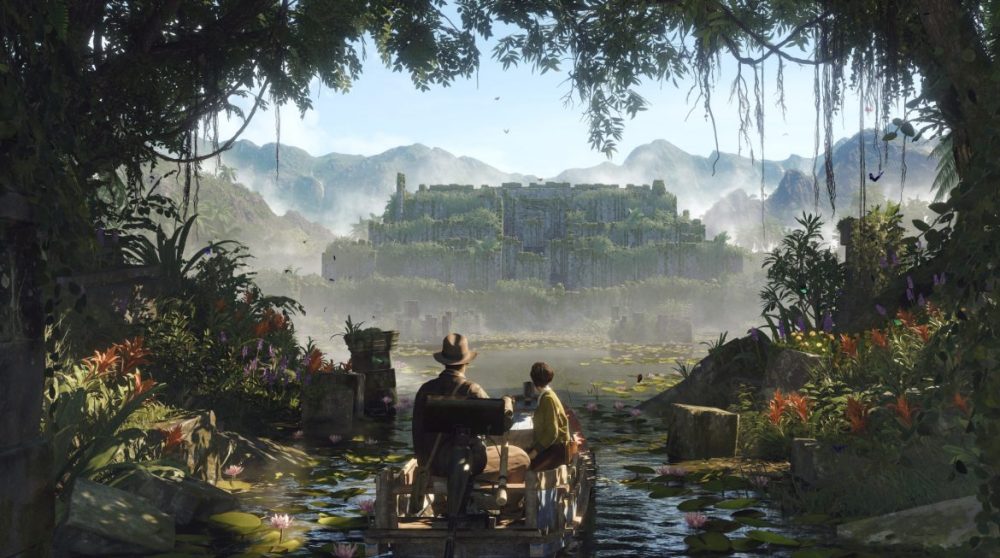
In conclusion, I wholeheartedly recommend Indiana Jones and the Great Circle. It delivers the wonderfully perfect experience I had hoped for from the latest film. An animated series featuring Troy Baker as Indiana Jones would be a welcome continuation, or, ideally, a series of games of comparable quality. So, don your fedora, grab your whip, and prepare for an unparalleled adventure. Indiana Jones and the Great Circle stands as a highlight of 2024 and potentially the best Indiana Jones game ever created.
Bethesda provided review code for this evaluation. The provision of materials does not influence our editorial independence.
